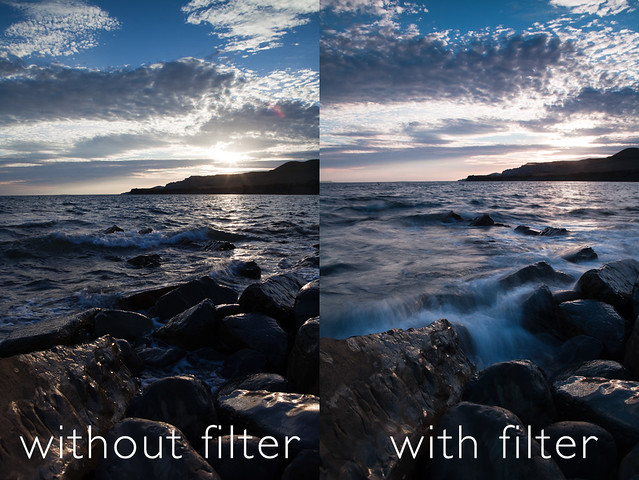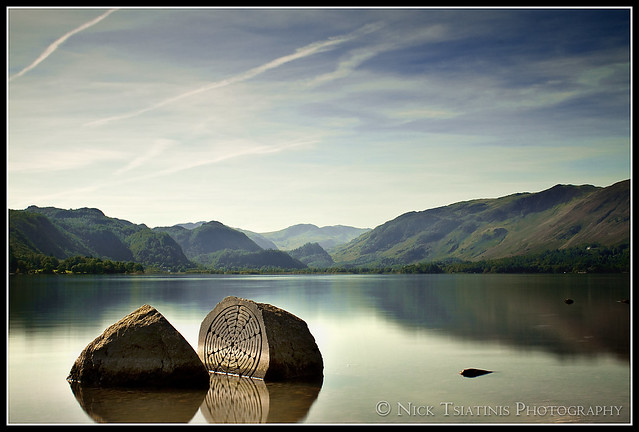Entry DSLRs:
Canon and Nikon are recommended as they are the most popular brands and therefore have best second hand market. All of the cameras below are available in Kit form – they come with the 18-55mm lens. This lens is great for beginners and allows you to shoot landscapes and portraits. Some cameras are also available with a 55-200mm lens which is good for both portraits and wildlife/sports.
New - Canon 550D, Canon 600D, Nikon D3100, Nikon D5100
New Canon DSLRs
New Nikon DSLRs
Older DSLRs - Canon 400D, 450D, 500D, Nikon D3000, Nikon D5000
The older DSLRs are not available new, but are available second hand. Although not as good as the newer models, they are great to learn the basics on.
Lenses:
Nifty Fifties: 50mm lenses are great for portraits and for getting shallow depth of field shots (images with the main subject in focus and the rest of the image blurry)
Canon
Nikon
Also Nikon make a great 35mm lens for a very good price:
Nikon 35mm
Zooms: Longer focal lengths good for wildlife/sports.
Canon 55-200
Canon 70-300
Nikon 55-200
Nikon 70-300
Wide Angle: The kit lens is very capable to take very good landscapes, but this is better.
Sigma 10-20
Canon and Nikon both make their own wide angle lenses, but these are a lot more expensive and not really in the beginners price range.
Note Regarding Focal Length
All entry level DSLRs have a crop sensor. This basically means that the actually focal of a lens is not that specified on the lens. The focal length on a lens is in terms of a Full Frame sensor (Canon 5D, Nikon D700).
What this breaks down to is that a lens has crop factor, x1.5 for Canon and x1.6 for Nikon. Therefore a 50mm in crop terms is 75mm for Canon and 80mm for Nikon.
The above is a simple explanation and better explanations are available online.
Flash Equipment:
Great flash lighting guide
Also ask in the thread about the Zack Arias One Light training DVD.
Flash: Yongnuo 460 II
Triggers: Yougnuo RF602 .These let you fire the flash remotely.
The links above are to the Yongnuo Ebay shop, you may be able to find these cheaper from other Ebay sellers.
Beginners Light Modifier: Westcott Umbrella Kit
Filters:
Rodney’s guide to Filters
Filter Holder
58mm Adapter Ring
3 Stop Solid ND
3 Stop Hard Grad
The above are links so you know what to buy. You may be able to find these items cheaper elsewhere.
Note Regarding Filters
The kit lens for both Canon and Nikon have a filter thread of 58mm. When buying an adapter ring remember to get one that is the correct size for your lens. The filter size is normally written on the front face of the lens.
The standard size for filters is “P”, this takes filters that are 85mm in size. It should be possible to mix and match different brands of filter products.
Canon and Nikon are recommended as they are the most popular brands and therefore have best second hand market. All of the cameras below are available in Kit form – they come with the 18-55mm lens. This lens is great for beginners and allows you to shoot landscapes and portraits. Some cameras are also available with a 55-200mm lens which is good for both portraits and wildlife/sports.
New - Canon 550D, Canon 600D, Nikon D3100, Nikon D5100
New Canon DSLRs
New Nikon DSLRs
Older DSLRs - Canon 400D, 450D, 500D, Nikon D3000, Nikon D5000
The older DSLRs are not available new, but are available second hand. Although not as good as the newer models, they are great to learn the basics on.
Lenses:
Nifty Fifties: 50mm lenses are great for portraits and for getting shallow depth of field shots (images with the main subject in focus and the rest of the image blurry)
Canon
Nikon
Also Nikon make a great 35mm lens for a very good price:
Nikon 35mm
Zooms: Longer focal lengths good for wildlife/sports.
Canon 55-200
Canon 70-300
Nikon 55-200
Nikon 70-300
Wide Angle: The kit lens is very capable to take very good landscapes, but this is better.
Sigma 10-20
Canon and Nikon both make their own wide angle lenses, but these are a lot more expensive and not really in the beginners price range.
Note Regarding Focal Length
All entry level DSLRs have a crop sensor. This basically means that the actually focal of a lens is not that specified on the lens. The focal length on a lens is in terms of a Full Frame sensor (Canon 5D, Nikon D700).
What this breaks down to is that a lens has crop factor, x1.5 for Canon and x1.6 for Nikon. Therefore a 50mm in crop terms is 75mm for Canon and 80mm for Nikon.
The above is a simple explanation and better explanations are available online.
Flash Equipment:
Great flash lighting guide
Also ask in the thread about the Zack Arias One Light training DVD.
Flash: Yongnuo 460 II
Triggers: Yougnuo RF602 .These let you fire the flash remotely.
The links above are to the Yongnuo Ebay shop, you may be able to find these cheaper from other Ebay sellers.
Beginners Light Modifier: Westcott Umbrella Kit
Filters:
Rodney’s guide to Filters
Filter Holder
58mm Adapter Ring
3 Stop Solid ND
3 Stop Hard Grad
The above are links so you know what to buy. You may be able to find these items cheaper elsewhere.
Note Regarding Filters
The kit lens for both Canon and Nikon have a filter thread of 58mm. When buying an adapter ring remember to get one that is the correct size for your lens. The filter size is normally written on the front face of the lens.
The standard size for filters is “P”, this takes filters that are 85mm in size. It should be possible to mix and match different brands of filter products.






